Asia Trade Data
Asia's Market Growth Rises in 2024: A Resilient Economy Driving Robust Trade Expansion
According to Asia Trade Data, Asia's economy proved resilient and adaptable in 2024, as evidenced by the region's overall trade values, which showed a strong rebound from the pandemic's effects. Import Globals' Asia Trade Data indicates that the economy of developing Asia expanded by 5.0% in 2024, marginally exceeding the 4.9% growth prediction. Strong domestic demand, a recovery in semiconductor exports, and a rise in tourism all contributed to this expansion.
Positive tendencies were also evident in the dynamics of trade within Asia. According to Import Globals' Asia Import Data and Asia Export Data, the region's real exports and imports increased by 3.4% and 3.6%, respectively, outpacing the 1.8% and 2.2% global averages. Interestingly, intraregional trade continued to be important, accounting for almost 60% of Asia's total exports in 2024 as per Asia Customs Data. This suggests that economic integration is still growing and that trade ties are becoming more varied.
As per Import Globals, a leading Asia trade data provider shows Asia performance in 2024 is resilient and active while negotiating changes in the global economy. Despite ongoing difficulties, Asia is positioned as a key actor in the global economy thanks to its robust growth in imports and exports as well as its expanded intraregional commerce.
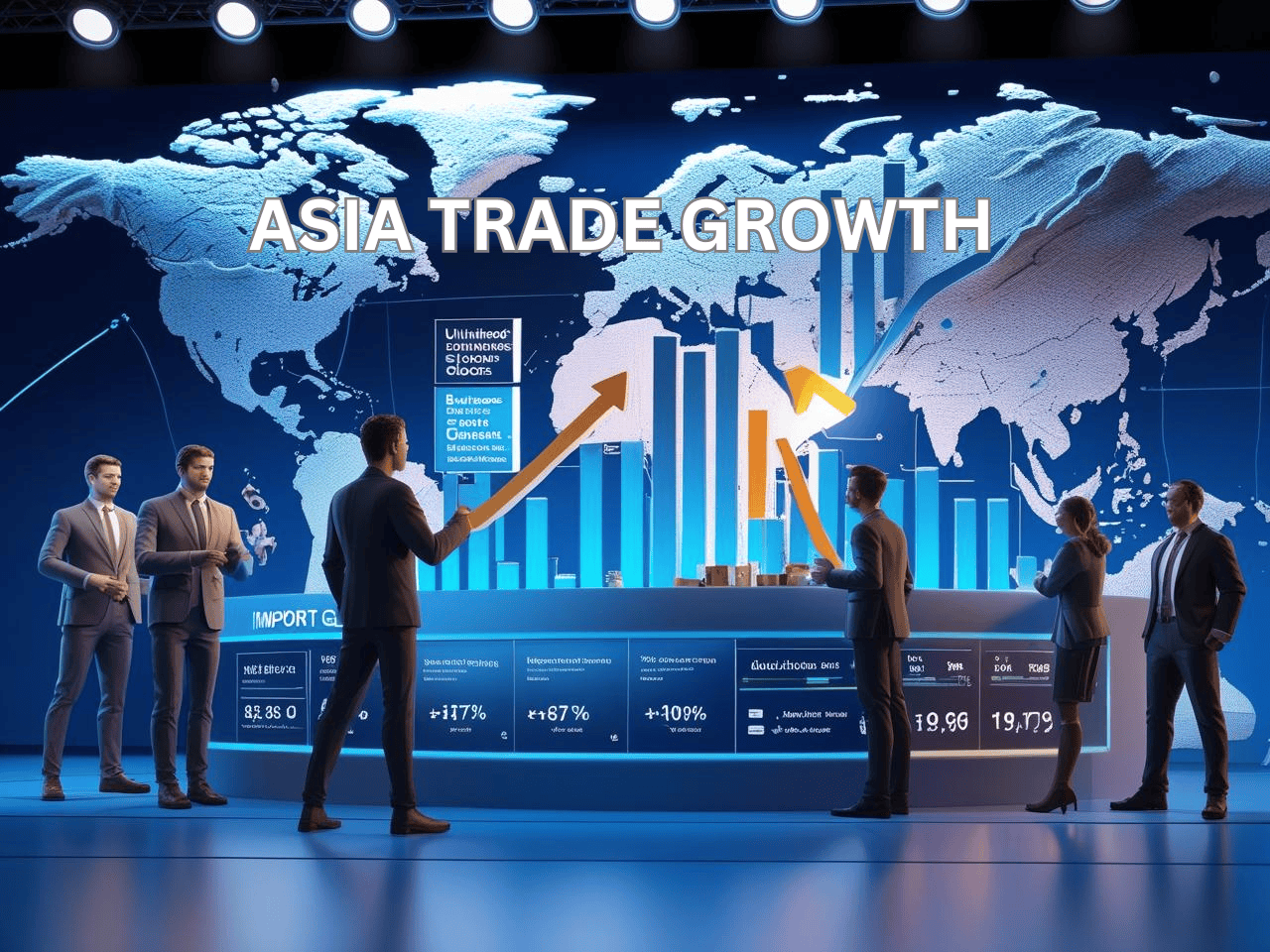
Asia's Geographical Advantage: Developing International Supply Chains and Trade Links in 2024
Asia is now a major hub in global supply chains due to its geographic location and complex web of commercial links. As per Asia Import Export Customs Data, Asia's strategic location allows for strong commercial ties with adjacent regions, spanning a variety of terrains from the bustling ports of Southeast Asia to the vast plateaus of Central Asia.
According to Asia Import Export Data provided by Import Globals, Asia's economic integration increased in 2024, with intra-regional commerce making up almost 60% of the region's total exports, according to research by Import Globals on Asia Import Export trade Data. Initiatives like the Regional Comprehensive Economic Partnership (RCEP), which has been in operation since 2022 and brings together 15 Asia-Pacific countries, including China, Japan, South Korea, and ASEAN members, to form the largest free trade bloc in the world, serve to reinforce this interconnection. Furthermore, to facilitate trade routes and promote economic cooperation, China's Belt and Road Initiative (BRI) keeps improving connectivity through infrastructure projects throughout Asia, Europe, and Africa.
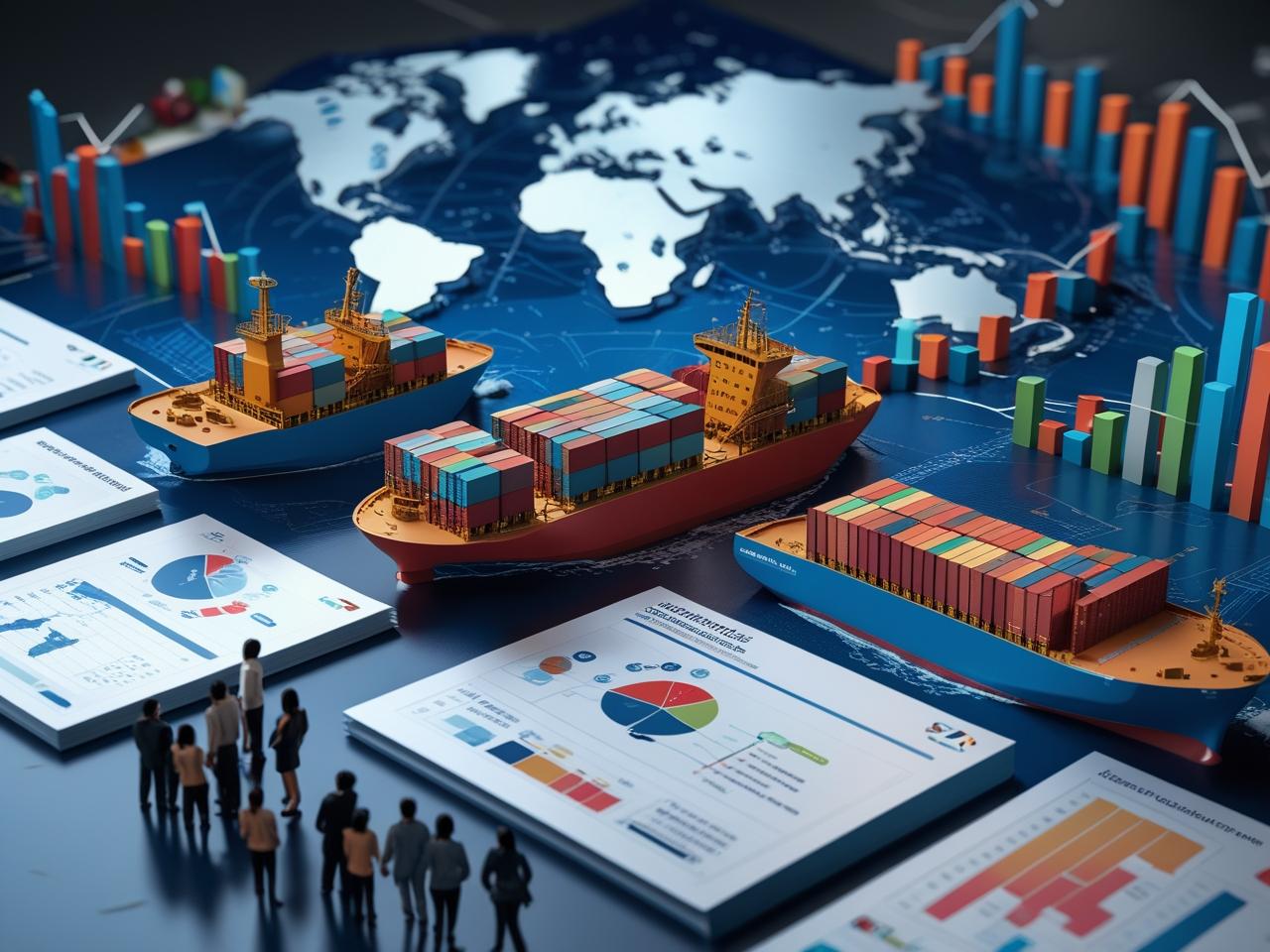

Asia Trade Data shows the Contribution and Effects of Asia's Growing Global Trade Share in 2024
Asia's growing importance in the global economy is demonstrated by the fact that its share of global trade increased from 26% in 2000 to almost 33% today according to Asia Trade Data. In 2024, the Asia-Pacific region's nominal export and import shares increased somewhat to 38.9% and 36.7%, respectively, indicating faster trade growth than the global average. This strong performance is fueled by the regional economic recovery, increasing investment, and consumer spending, especially in Southeast Asia, according to Asia Import Export Customs Trade Data from Import Globals. Nearly 60% of the region's total exports come from intraregional commerce, which emphasizes the significance of regional economic integration.
Discover the most exclusive and detailed Asia Import Export Customs Trade data, meticulously provided by Import Globals from countries like Vietnam, Armenia, Indonesia, Philippines, Afghanistan, Turkey, Thailand, and more. This extensive dataset is a veritable gold mine of vital information with insights into:.
This information is a priceless tool for comprehending the complex web of international trade, regardless of whether you're looking to follow particular items or take a deep dive into trade flows.
- Importer and exporter firm names,
- FOB and CIF values,
- Invoice details
- Country of origin and destination,
- The port of loading and unloading,
- HS codes,
- Product descriptions,
TOP 10 ASIAN COUNTRIES EXPORT PRODUCTS : ASIA TRADE DATA

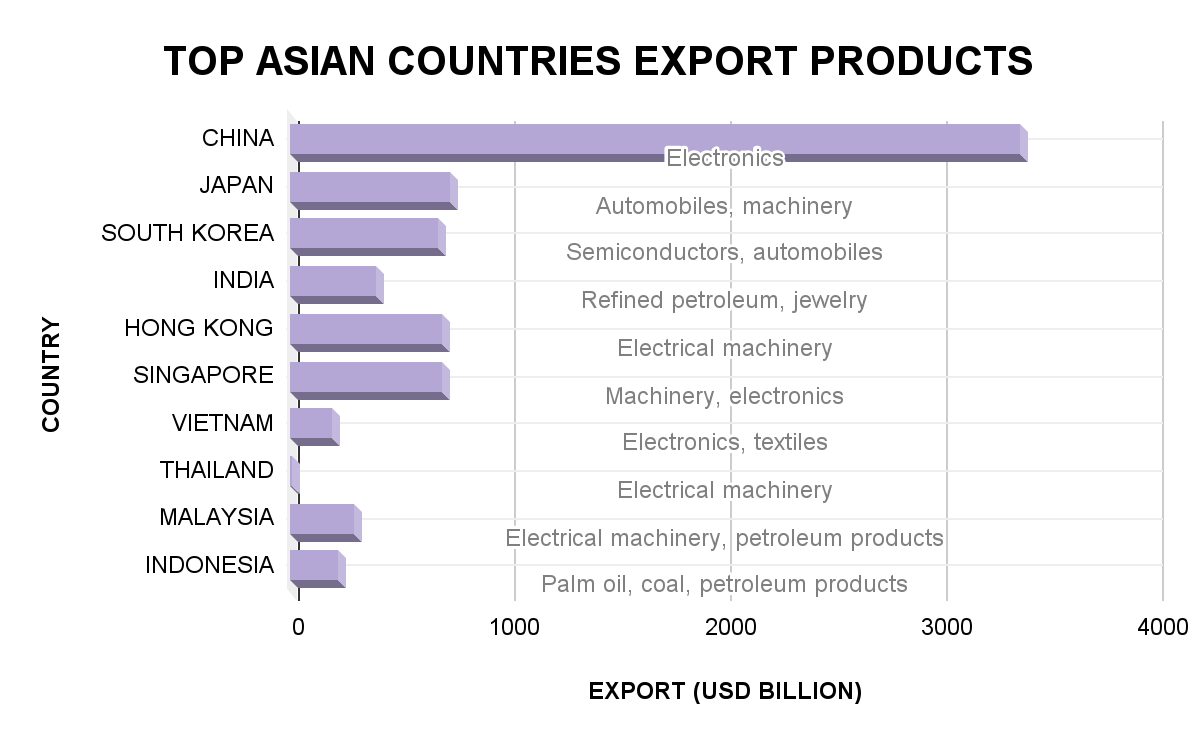
TOP 10 ASIAN COUNTRIES IMPORT PRODUCTS : ASIA TRADE DATA
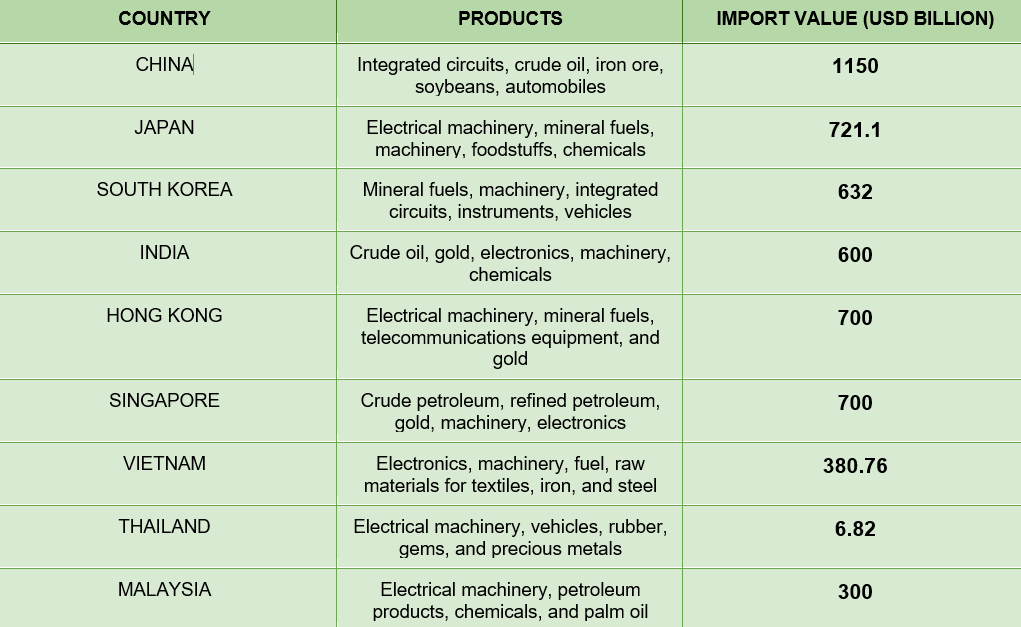

TOP 10 ASIA EXPORT TRADING PARTNERS : ASIA EXPORT DATA

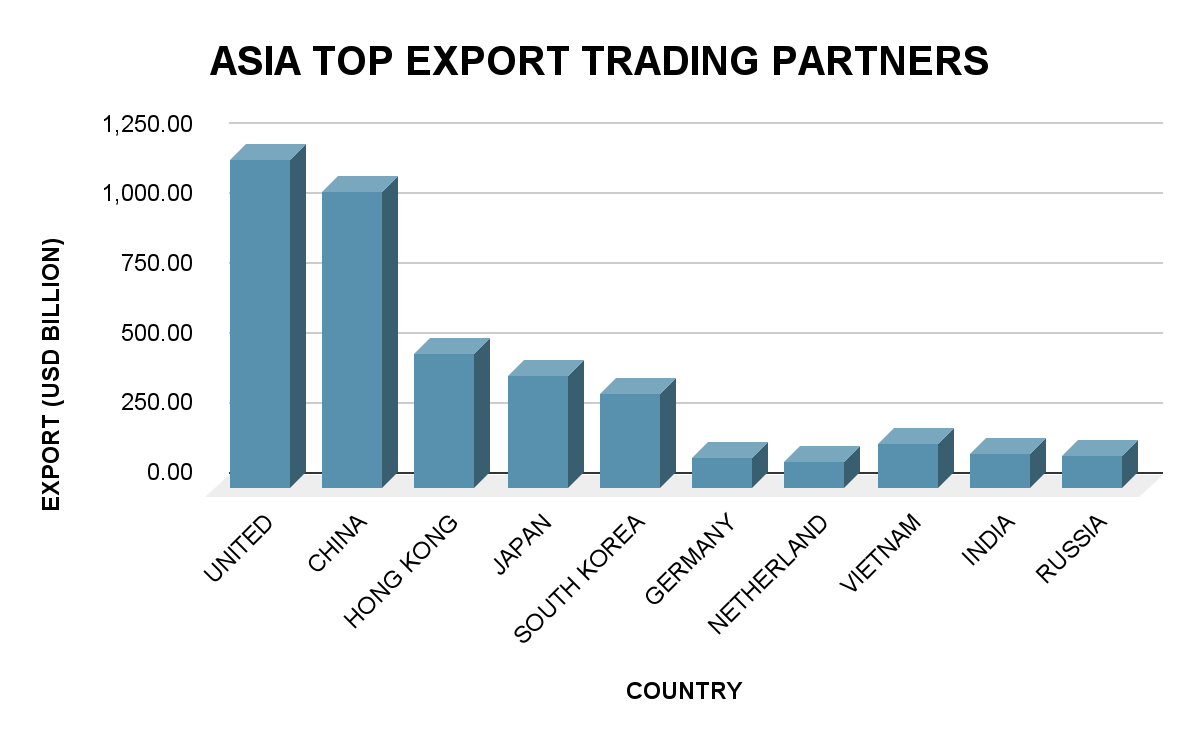
TOP 10 ASIA IMPORT TRADING PARTNERS : ASIA IMPORT DATA

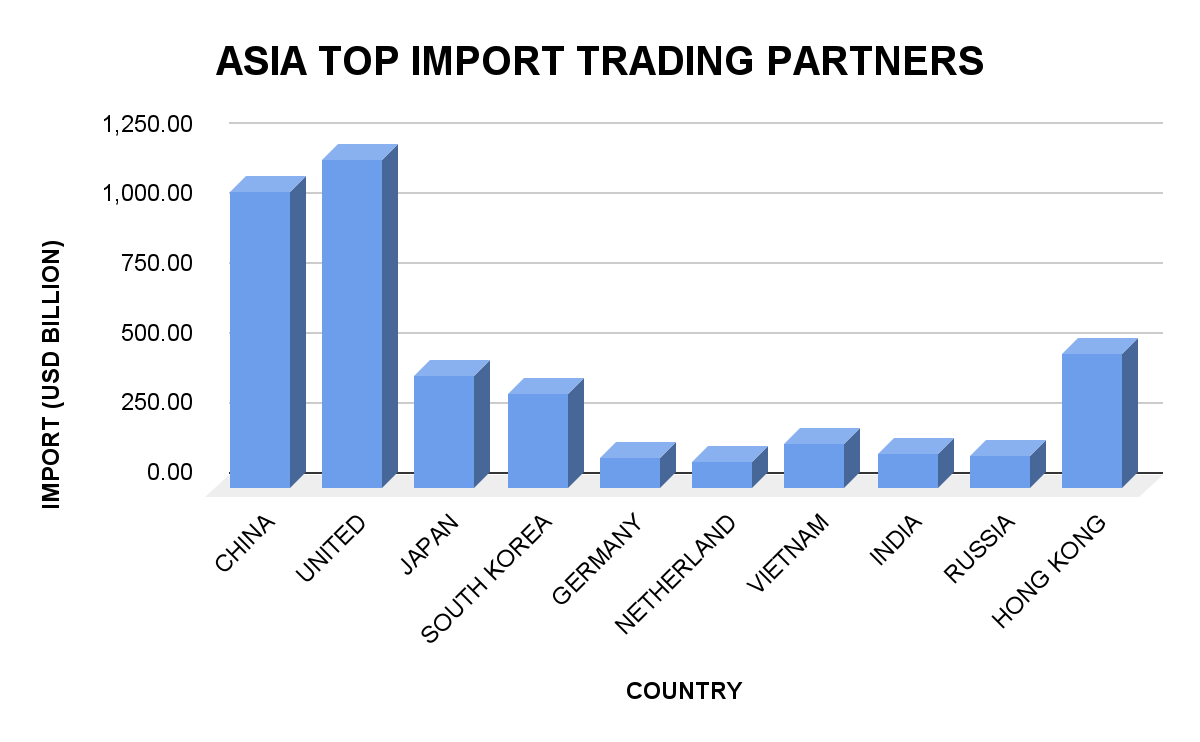
UNLOCK COMPREHENSIVE INSIGHT INTO ASIA TRADE DATA IMPORT EXPORT DATA BY SUBSCRIBING TO IMPORT GLOBALS PLATEFORM!
- Customs Report
- Statistical Report
